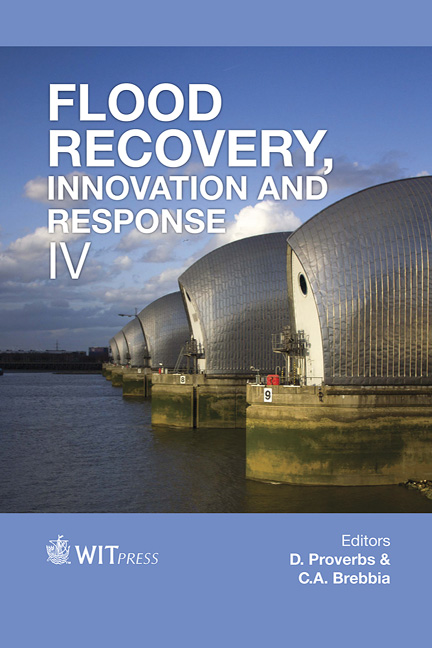Floating Houses: An Adaptation Strategy For Flood Preparedness In Times Of Global Change
Price
Free (open access)
Transaction
Volume
184
Pages
10
Page Range
277 - 286
Published
2014
Size
1,995 kb
Paper DOI
10.2495/FRIAR140231
Copyright
WIT Press
Author(s)
P. Strangfeld & H. Stopp
Abstract
The rising sea-level and the frequency of devastating floods have already increased in a considerable way. At the same time, the population is continuously rising, along with the demand for adequate housing and sufficient space. In this context the so-called floating houses are a future-oriented solution for settlements along coastlines and river districts or on little islands. In highly industrialized countries which export products or the associated licenses it is an opportunity for the development and construction of floating houses. Up to now in most cases the floating objects are built on pontoons as usual buildings on a fixed ground. The special boundary conditions caused by water waves, water chemistry and climate components should be considered in order to prevent damage. Concomitantly the floating objects bring chances for mobility and use of alternative energies due to the water environment. In Lusatia, a landscape in the eastern part of Germany southeast of Berlin, a lot of former lignite open-cast mines were filled with water and the worldwide largest artificial lake landscape was created among others by the assistance of the International Building Exhibition \“Fürst-Pückler-Land”. Different types of floating houses have already been built. The department Building Physics of the university BTU-CS has carried out a lot of investigations with regard to materials, energy use and climate boundary conditions by means of measurements and numerical simulations. Besides, water as a building ground must be cost effective and exhibit an affordable floating architecture.
Keywords
floods, urban strategies, floating house, heat exchanger.





